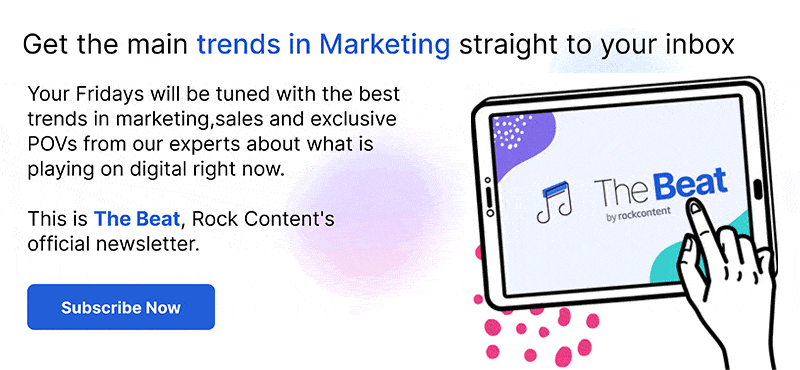It’s been a while since we started following the whole Twitter and Elon Musk situation.
Some of Elon Musk’s decisions as the new CEO have generated controversy (to say the least). For example, beginning to charge for the verified users’ blue check and making it available to any user who pays $8 per month to receive the mark. Previously, it was limited to authentic or influential accounts, totally free of cost.
Some argue that this decision made it more difficult to establish brands, organizations, and important figures since now anyone is able to buy the verification. In fact, it has caused a wave of fake “verified” accounts in the names of politicians, celebrities, major organizations and businesses, and this has started making a mess.
So this is all going well still. Did Kari Lake concede in Arizona? Nope, it's an $8 fake blue check. Been live nearly 8 hours at time of posting (yeah, timezones) pic.twitter.com/elU9i7Y8tc
— Arieh Kovler (@ariehkovler) November 11, 2022
Well, with everything that has been going on lately at bluebird land, users and brands are open to new possibilities besides Twitter, and some options have significantly grown since last October 27.
And that’s where Mastodon enters the situation.
The app is being widely touted as the one that will replace Twitter. It has increased its app downloads on Apple App Store and Google Play for Android, and gained 489,000 users in two weeks, now with more than 1.5 million active monthly users.
If you don’t have an account there, you might be wondering what this new social network is. How does it work? And, most importantly, is it worth it for brands?
We wondered that too. That’s why I’m writing this article to help you with all these questions.
What is Mastodon, and how does it work?
Mastodon is a free open-source platform developed by Eugen Rochko in 2016.
If you are not familiar with the “open-source platform” term, this means that Mastodon has multiple server options, run by different groups or individuals, instead of having one central platform controlled by a single company – like Twitter, for example, where you can type twitter.com in your browser and sign up for.
So, if you want to join Mastodon, the first thing you’ll need to do is choose a server to join (known as “instances”), and your username will include this instance (just like your email does).
It can be tricky and a little too technical, I know. But, with all the “buzz” around this new social network, there is already a quiz to help you to define the best instance for your needs or interests. Pretty useful, right? And you can also find well-explained tutorials on how to join the platform and find your friends there.
Once you define your instance and find your friends, the platform is very similar to Twitter, where you can share your thoughts, post memes, and interact with your peers. And if you are wondering if your choice of instance will impact with whom you can interact, the answer is no. Mastodon allows this kind of interaction between different instances, with no barriers.

And is Mastodon an alternative for brands?
Mastodon is indeed very promising. More and more, we are seeing people willing to explore different social media platforms that in some way offer different things from what we are used to.
BeReal was a great example for people who are getting tired and overwhelmed with promoted content and miss a place to simply connect with each other. And, well, this is exactly what Mastodon is promising: a decentralized, open-source network, without algorithms or ads. According to its own website, the platform is a “radically different social media, back in the hands of the people”.
But, is it worth it for brands? I like to think that everything that shines in the eyes of our audience deserves a bit of our attention. If it’s interesting for them, it is important to try to understand why.
And this is what Volkswagen is doing. Recently, they stopped advertising on Twitter and think that “Mastodon is an attractive platform that they would like to try out”.
But, if you decide to join this new trendy social network, it is important to manage your expectations. Everything is still very experimental, and people are first trying to figure out how to join the platform and find their friends to follow.
It’s already clear to us that, at this first moment, Mastodon’s proposal is enabling real connections between people. Not to mention that it is uncertain how ads will work there since we are talking about different servers – across 4,600, to be more specific. And each server has its own rules, so it is still pretty early to define how this environment will work for brands.
If we could leave a piece of advice for you, it is to join Mastodon anyway, as a Marketing professional and not as a brand. It’s the perfect time to go out in the field and explore, before starting to plan anything.








